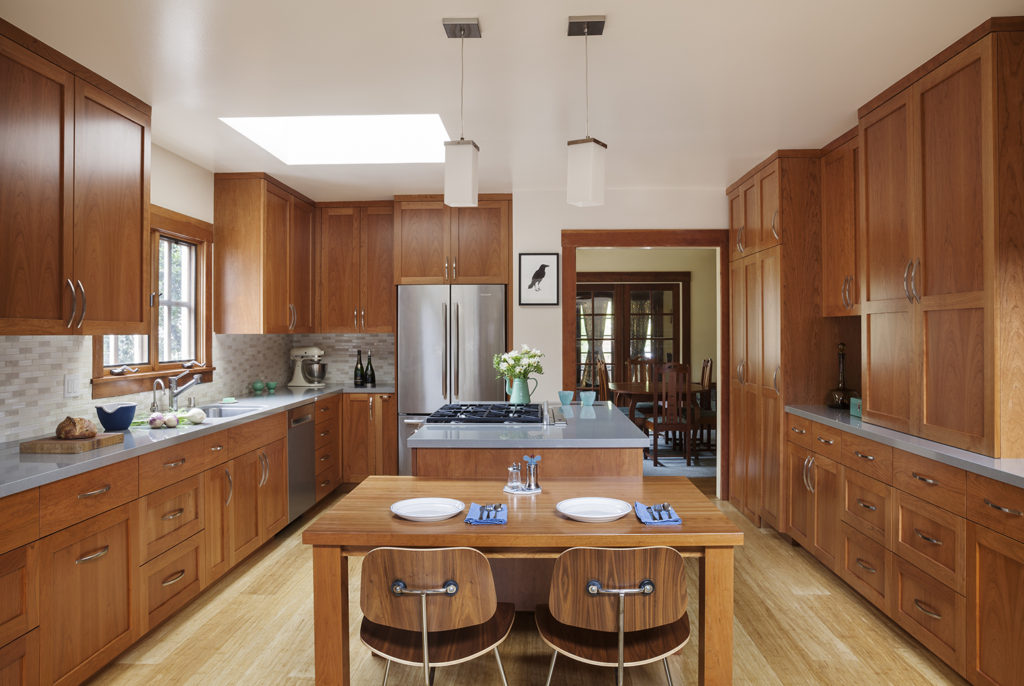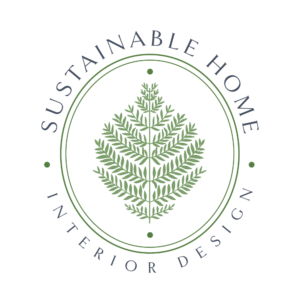
People are surprised when I say I love working within a tight budget in a project. I truly believe it improves the resulting design. And one of the ways that it does so is by making the project greener.
Interestingly enough, the reasons that support this statement are almost duplicates of the reasons below. If you think carefully about your project, and spend your limited budget on those features that truly matter to you, (as in reason #3 below) you are likely to create a space that will make you happy for a long time. One of the most important characteristics of a green project is whether it has longevity. It you like, and can live with a design for a long time, you are unlikely to remodel again in the short term. This minimizes how often you will need to consume more products, and throw away old ones, because you are tired of a room design.
I also think that when you have been creative with reuse in finishing your design space, (as in reason #2 below) the resulting project is more that just visual. It also has a great story which resonates beyond the way it looks. “Remember how we found that chair by the side of the road, and had it refinished?” “Did you know that marble used to be on countertop in a bank?” These stories add richness and meaning to a space, in addition to being both creative and green.
Also many of the most creative new materials in architecture and design are green. Most of the market is stagnant, and is not innovating. But green design is lively and stimulating, even in this down economy. New green products are being introduced contstantly and they are interesting, stunningly beautiful and exciting. It is easy to select them just because or their visual qualities, but they also add a green story to the mix, “That tile used to be a car windshield!” Carefully selecting the new green materials and furnishings allow me to do design that feels fresh and interesting.
And, finally, as I have said before; size does matter in green design. If you have a budget, you are likely to select the smallest possible scope of work. This means you will focus on making those changes that will truly make you space more functional and enjoyable. This targeted approach will benefit you the most, with the smallest investment. It will also use less natural resources, and create less waste.
So the greenest project is the one that has a small (but realistic) budget. Read on to the older blogs to see the other reasons that a limited budget is a GOOD thing for your interior design project!

